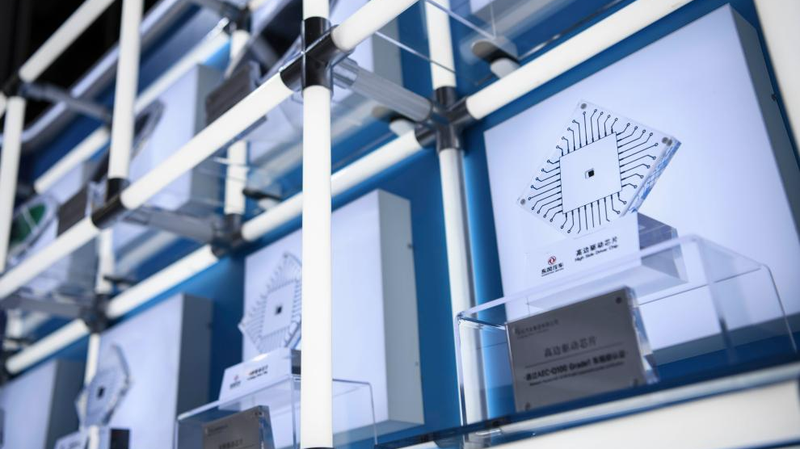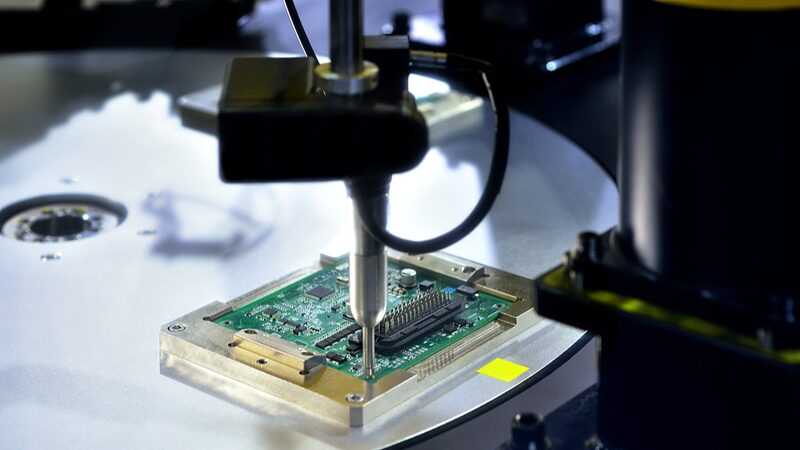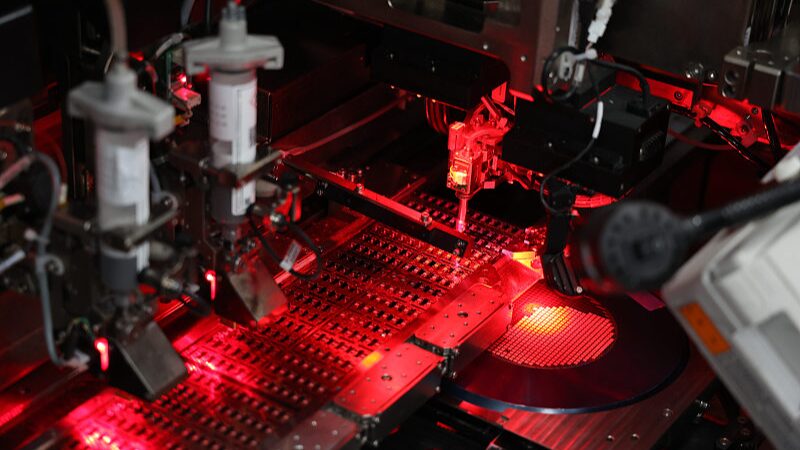🇺🇸 The U.S. is throwing everything at its semiconductor showdown with China—from export bans on advanced chips to blocking cutting-edge manufacturing tools like EUV lithography systems. But will it work? Let’s break down the tech tug-of-war shaping global economics. 🌐⚡
The 'National Security' Narrative 🛡️
Washington claims these restrictions protect 'national security,' but experts argue China already has sufficient semiconductor capabilities for its defense needs. The real goal? \"Maintaining U.S. monopoly profits in high-tech sectors,\" says Professor C. Saratchand, an economist at the University of Delhi. By framing it as a security issue, the U.S. pressures allies to join its tech blockade—a move that could backfire politically. 🤔💸
America’s Hidden Weakness 🔍
Here’s the twist: The U.S. relies on software dominance for chip profits, not large-scale manufacturing. With alternatives emerging globally, its leverage is shrinking. Meanwhile, efforts to lure Asian semiconductor giants to U.S. soil face hurdles—aging infrastructure and a strained skilled workforce. 🏭👷
China’s Innovation Engine 🚄
Despite roadblocks, China’s semiconductor industry keeps evolving. Homegrown R&D and strategic partnerships are filling gaps, proving that tech innovation is harder to contain than physical exports. As one analyst put it: \"You can’t patent creativity.\" 💡🔬
The takeaway? This battle isn’t just about chips—it’s a high-stakes race for economic influence. And right now, the finish line keeps moving. 🏁🌍
Reference(s):
Will the U.S. succeed in blocking semiconductor development in China?
cgtn.com




